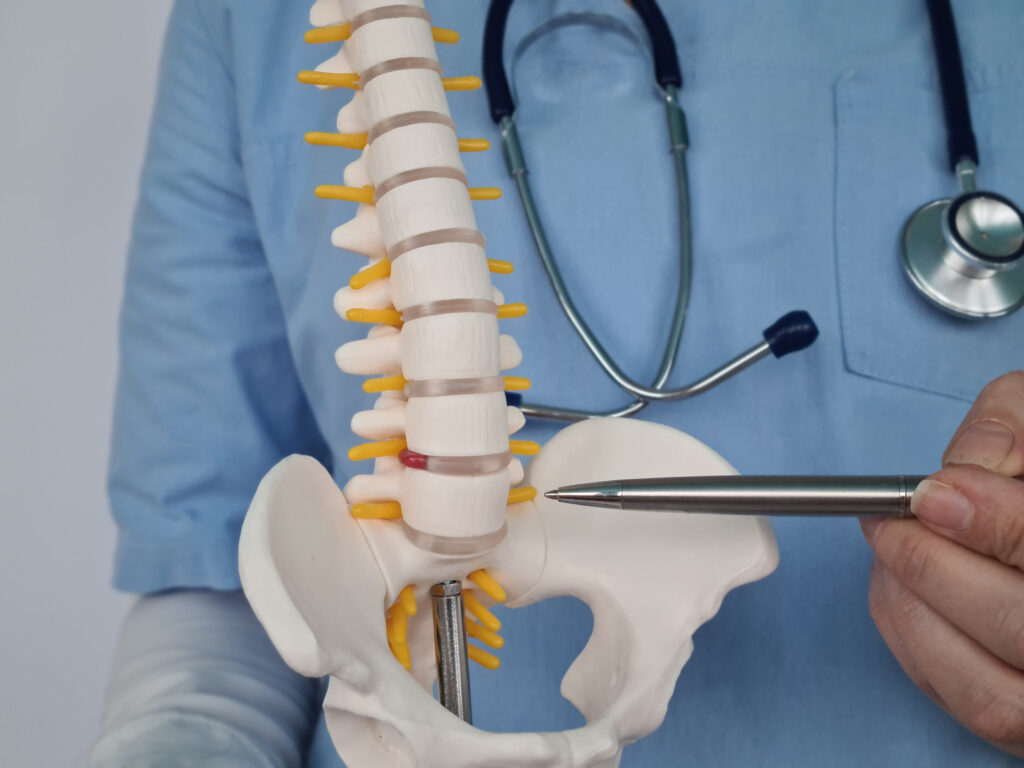Intervertebral disc degeneration (IVDD) is a prevalent condition that significantly impacts the quality of life for many individuals. Central to this condition are the nucleus pulposus (NP) cells, which reside in the core of intervertebral discs. These cells have adapted to a low-oxygen (hypoxic) environment, playing a crucial role in maintaining the balance of extracellular matrix (ECM) metabolism. However, with increased neovascularization and oxygen content, these cells face a threat, leading to ECM degradation and the progression of IVDD.
Recent research has explored innovative approaches to counteract this issue, focusing on a novel oxygen-controllable strategy. The study introduces an injectable and ultrasound-responsive hydrogel composed of gelatin and agarose, which incorporates laccase. This enzyme mediates reactions that effectively deplete oxygen levels, thereby creating a hypoxic microenvironment conducive to NP cell health.
The significance of hypoxia-inducible factor-1α (HIF-1α) cannot be overstated in this context. When oxygen levels are reduced, HIF-1α expression is upregulated, leading to enhanced synthesis of key ECM components such as aggrecan and collagen II. Simultaneously, this mechanism suppresses the levels of matrix metalloproteinases (MMP13) and A Disintegrin and Metalloproteinase with Thrombospondin motifs (ADAMTS5), thereby restoring the equilibrium of ECM metabolism.
Moreover, the hydrogel serves a dual purpose by facilitating the recruitment of stem cells into the NP region through the controlled release of ATI2341. This compound activates C-X-C chemokine receptor type 4 (CXCR4), enhancing the migration of NP stem cells, particularly when ultrasound is applied to amplify the release of ATI2341.
The effectiveness of this innovative hydrogel in combating metabolic imbalances and inhibiting the progression of IVDD has been demonstrated in a rat model of puncture-induced IVDD. By injecting the hydrogel into the affected discs, researchers observed significant improvements in the overall condition of the intervertebral discs.
In conclusion, this hypoxia-inducible hydrogel, responsive to thermal stimuli from ultrasound, represents a promising advancement in the treatment of IVDD. The study, conducted by a team from the Department of Orthopaedic Surgery at Zhongshan Hospital, Fudan University, included contributions from notable authors: Jia-Jie Lu, Qi-Chen Zhang, Guang-Cheng Yuan, Tai-Wei Zhang, Yu-Kai Huang, Tao Wu, Di-Han Su, Jian Dong, Li-Bo Jiang, and Xi-Lei Li. Their work opens new avenues for therapeutic approaches aimed at preserving intervertebral disc health and improving patient outcomes in the face of degeneration.


